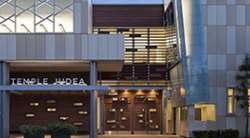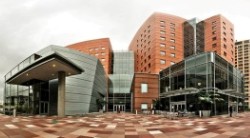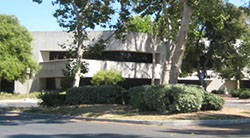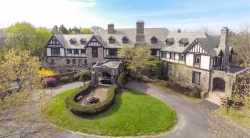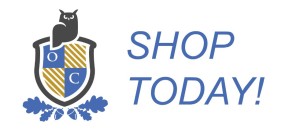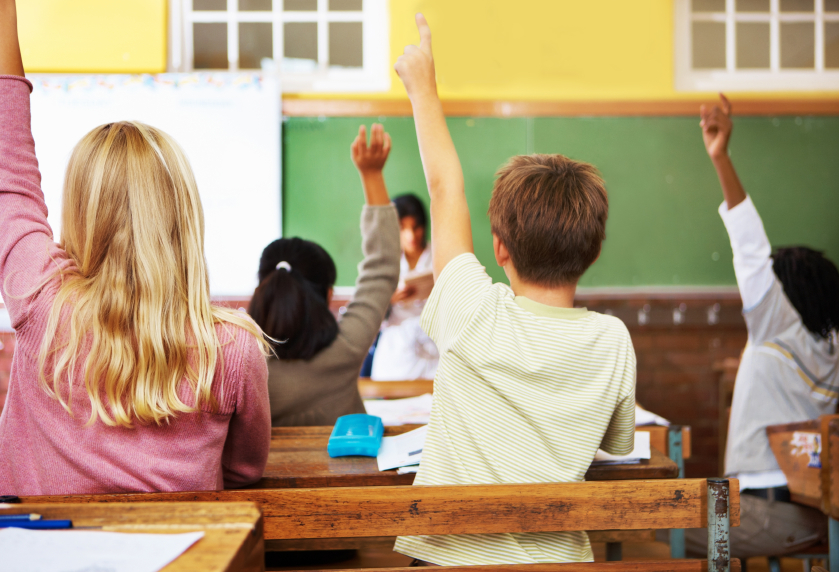
Our traditional notion of classroom teaching has the teacher presenting a lesson, giving the students some exercises, and testing their knowledge. Then the teacher moves on to the next lesson. But what do we really know about the student’s experience with the lesson?
All of the students were taught the lesson equally. Did they learn the lesson equally? Faced with the task of teaching many lessons to many students, the teacher is forced to move ahead, with the hope that all students are moving ahead with her.
But is this really the case? What about the students who have not yet grasped the concept being taught? Are they being left behind?
What about the students who already knew the concept and were bored and disengaged during the entire teaching period on this lesson? Was they ignored and demotivated?
Inclusion is a way to bring all students along for the ride. But some students may be falling off the wagon, and some may be jumping off. Some think the ride is too fast, and others think it is too slow.
A one-size-fits-all curriculum doesn’t work in today’s classroom. Gifted students comprehend complex ideas more quickly, learn more rapidly and in greater depth than their age peers, and exhibit unique interests that are not necessarily shared by others.
They need time to explore ideas on their own, manipulate ideas, and draw generalizations and comparisons about seemingly unconnected concepts and details. A curriculum for the gifted student builds on these characteristics.
Curriculum Differentiation Is Key
Curriculum development should an ongoing process, allowing for differentiation and accommodating the needs of different learners along the way. It should allow for acceleration of learning and reorganization of content according to broader concepts and higher skill sets.
Curriculums should also provide students with opportunities to do research and develop problem-solving skills, not just learn facts and formulas.
Single-dimensional problem-solving is taught in traditional classrooms. Gifted students need the opportunity to make connections within and across systems of knowledge by focusing on issues, themes, and ideas. This is differentiated learning.
This, more complex problem solving is a better test of ability for gifted students, and it reflects more accurately the real-world challenges that students will face outside of school.
Different Models of Curriculum
Curricula can be based on different education models. The best-known model is “content mastery” where a subject is taught and students are tested on their knowledge of the subject. This model doesn’t work well for gifted students because they can’t explore the subject further. They can just learn it faster. But the content model does have a place in today’s classroom.
Another curriculum model known as “differentiated instruction and assessment” involves providing students with different learning avenues in terms of differentiating content, process, product, and learning environment. During the assessment phase, for example, a student is given an assignment to investigate a problem of interest and to come up with a solution, presenting this solution in some way to an interested audience. There is no set curriculum, and the student investigates the problem in greater depth according to his or her personal style.
This learning model of “process” fits the gifted student better than the content model. There is another model, too, called the “concept model” which stresses the understanding of general systems of knowledge rather than facts. Themes and principals of thought are studied across curriculum areas, and teachers ask students questions that lead to higher levels of understanding.
The best curriculum for gifted students involves a combination of these three models.
Gifted Students Want to Go Further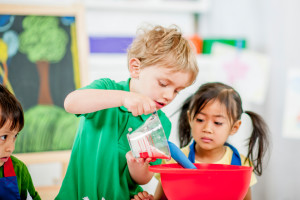
The curriculum for gifted students should allow them to pursue subjects further, at their own pace and in their own way. They have an insatiable appetite for knowledge. They want to know in greater detail how and why things work. They want to connect the dots between subject areas and know how each one affects another. The curriculum should support personal exploration and exposure to a variety of resources.
Science, Technology, Engineering and Mathematics (STEM)
Students interested in STEM subjects want to apply what they learn to inter-discipline problems with some complexity, similar to the real-world problems they will face. They should have a curriculum that supports higher levels of thinking, and situations that ask “what if?”
These students should be encouraged to do their own research and be given independent projects to work on. They can be asked to develop a project, create a “product” which can be a written report or an oral presentation or a working model.
For example, there have been successful programs where students have created a walking robot, produced a weekly children’s television program, and investigated the effects of acid rain.
It is the hands-on research, higher order thinking, and creative aspect that appeals to the gifted student. Instructors should look for projects like these to offer those students who want to explore a subject further or have already mastered more basic knowledge and seek new challenges.
Performing Arts: Dance, Music, Drama
The gifted and talented students who have a natural feel for one of the performing arts need curriculum options that allow them to experience that art. These students can perform in plays, create stage props, play in an orchestra, attend a dance class, take ballet lessons, or take part in whatever performing art where they feel some attachment.
Creative Arts: Writing, Design, Painting, Sculpture
Students with creative skills are intuitive and need to express these feelings, whether that means writing, designing, painting, sculpturing or some other specialty. These students need to write stories, poems, or scripts, or work with charcoal or paints, or mould clay. They should visit a local painter or designer, tour museums or get a better feel for classic art or music. They should be encouraged to practice their art wherever possible. Simple classroom lecturing is not enough to satisfy their curiosity or desire to use their talent.
Classroom teaching is only one way to educate. Providing opportunities to experience the use of these individual talents is another, and perhaps more important way, to educate these talented students.
In today’s inclusive classrooms, schools and teachers need to prepare for the educational needs of all students. Those students who are a bit slower to grasp new information should be given more ways to practice and learn beyond the day’s lesson.
Similarly, those students who grasp concepts faster should be given more ways to explore subjects and perhaps at higher levels of complexity. If they have special talents, they should be allowed to explore those as well. Gifted students curriculum has to be flexible and expandable to give all students the resources and opportunities they need to grow.

